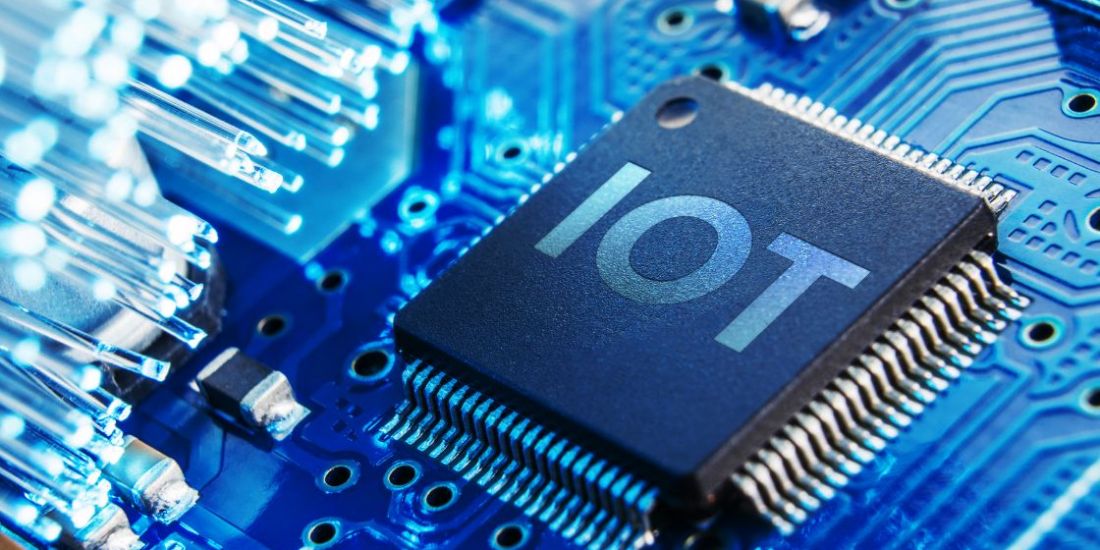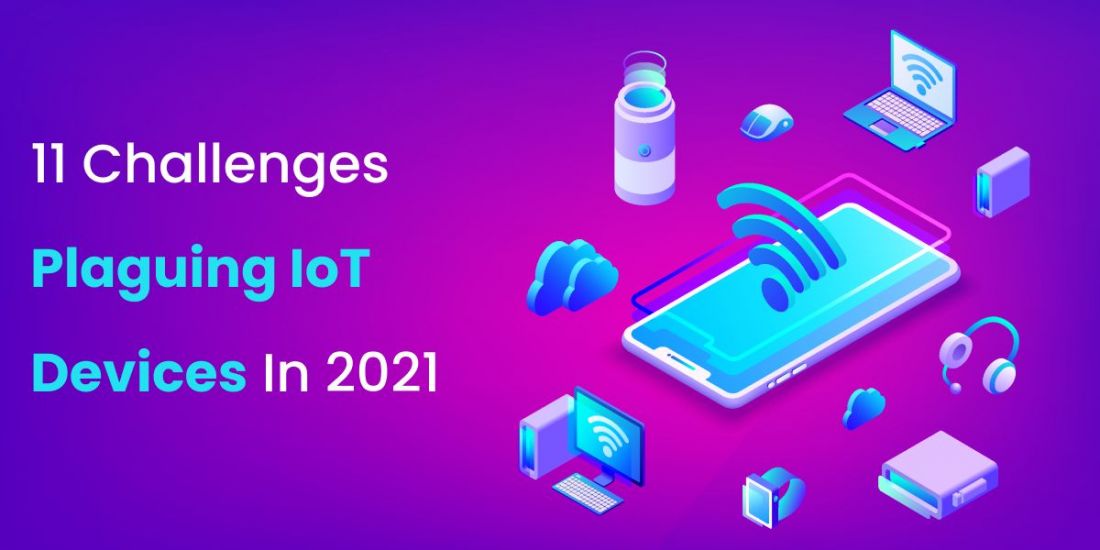
The Future of Connectivity
In the past decades, humanity has witnessed tremendous changes in how we live, interact and work, all thanks to the advent of digital technology. As a result, we live in a hyper-connected world with new connectivity opportunities being unlocked daily. For instance, mobile communications alone have evolved far beyond our recognition over the last four decades, from the first analog voice-based mobile phones in the mid-80s to today’s compelling 5G devices.
As time goes on, we will see more products and services that provide immediate access and this is the Future of Connectivity: anytime and anywhere. Today, the number of connected devices in use exceeds 17 billion, which will only increase.
So, as the world becomes increasingly connected, we can expect to see more technological advances that will enrich our personal lives, enhance productivity in the workplace, and improve society as a whole.
Here are some digital technologies I believe will shape greatly The Future of Connectivity.
The Internet of Things (IoT)
Today, the internet landscape differs from what it was just a few years ago. For example, many internet-connected devices include washing machines, door locks, toys, and toasters. In addition, smart devices have become an integral part of our lives, and IoT is becoming more widespread daily.
In today’s world, we can create customized customer experiences with connected device ecosystems just about anywhere, thanks to the Internet of Things (IoT). Due to this, IoT has the potential to be limitless in the future of connectivity, and consumers won’t be the only ones using IoT devices. To save money and time, cities and businesses will increasingly adopt smart technologies. By 2025, there will be more than 21 billion IoT devices in use worldwide.
Artificial Intelligence
Artificial intelligence (AI) significantly impacts every industry, from manufacturing to transportation and the healthcare system. The technology can be found in our smart devices, cars, and favorite apps. For a while, AI has acted as the primary driver of emerging technologies like big data, robotics, and IoT.
AI will most likely play significant roles in automating new-generation systems across various industries. For example, it will be especially relevant in enhancing the degree of autonomy for telecom networks. This, in turn, will also boost transformation in other sectors like transportation and manufacturing. Over the next few years, we’ll see AI’s impact spread deeper into many different industries.
5G/6G Technology
5G technology will be especially significant as the number of IoT devices rises. The number of IoT devices—which will rely on 5G to transmit vast amounts of data in real-time—is projected to grow from 12 billion in 2020 to 30 billion+ in 2025, according to an estimate by IoT Analytics, i.e., more than four devices for every person on Earth.
In addition, over the past decade, mobile shopping has become incredibly popular among consumers worldwide. This migration to mobile shopping primarily occurred thanks to 4G. Imagine how the mobile shopping experience could be affected if mobile connections were 10x faster. 5G’s faster data transfer speed means more efficient processes for many industries such as banking, agriculture, gaming, media, healthcare, real estate, and many others.
Metaverse
Metaverses are the next generation of virtual environments and existing humanistic technology experiences. As a result, the digital and physical worlds are becoming increasingly blurred, and how digital communication works is fundamentally changing. Using virtual reality (VR), augmented reality (AR), and blockchain technology, the metaverse brings the physical world into the “Metaphysical.”
However, the metaverse is not just a visual or technological experience but a human one. Like social media, this technology will become pervasive and have staying power because of its social capabilities. In the metaverse, everyone will be connected in a new virtual world, which can enhance human interaction and improve business relationships.
Conclusion
Overall, as the landscape for digital connectivity continues to evolve, we can expect to have more devices come in all shapes and sizes with performance capabilities that far exceed today’s products. As a result, we will continue to witness breathtaking technologies that will have a long-lasting impact on businesses, societies, and individuals.





